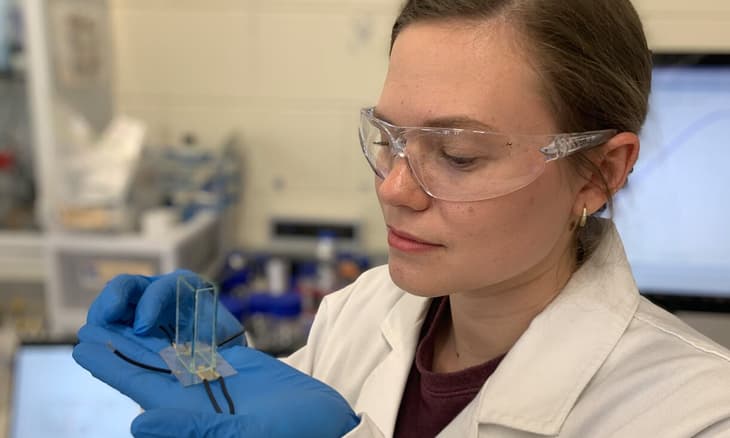Engineers at RMIT University in Melbourne, Australia, have said by using high-frequency vibrations during electrolysis, the team managed to release 14 times more hydrogen compared with standard electrolysis techniques.
By producing a sound wave during the electrolysis process, the researchers say it prevents the build-up of hydrogen and oxygen bubbles on the electrodes, offering improved conductivity and stability.
Report first-author, Yemima Ehrnst (pictured), explained, “Electrode materials used in electrolysis suffer from hydrogen and oxygen gas build-up, forming a gas layer that minimises the electrodes’ activity and significantly reduces its performance.
... to continue reading you must be subscribed





